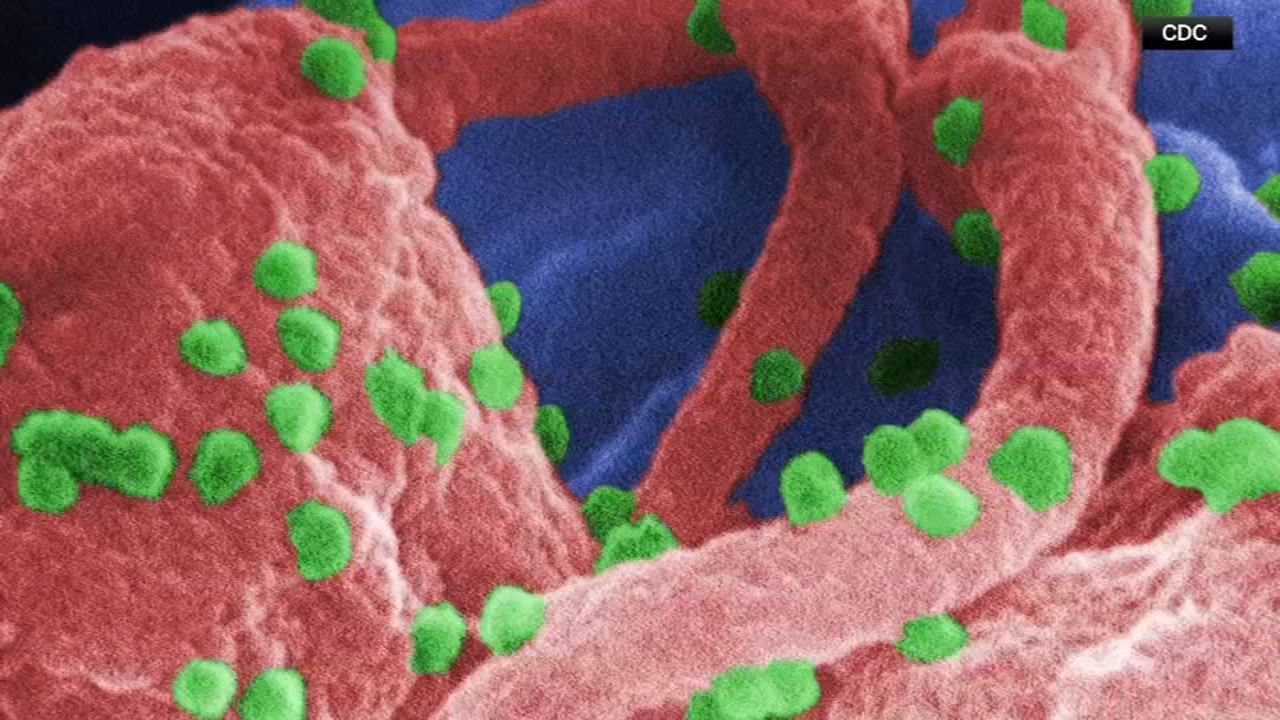Duke doctor saves man's life using CPR at conference on CPR
DURHAM (WTVD) -- Monique Anderson, M.D. of Duke Medicine was at a conference in Chicago presenting research on the importance of CPR when she and a colleague came upon a man face down in the lobby.
"He was face down, so we turned him over and felt for a pulse, and I think I was struck by the fact that he was stiff and blue, but turned him over, he had no pulse," Anderson recalled.
While her coworker rushed to call 911, she jumped into action.
"We provided a few rounds of CPR, and he basically came to and actually sat up and said, 'I'm OK.'"
And it all happened before EMS even arrived, effectively saving the man's life. Carolina Malta Hansen, M.D. is a research fellow with Duke who was at that same conference. And she says the incident illustrates the importance of acting before help arrives.
"When a person has a cardiac arrest which is basically when a heart stops pumping enough blood to keep the person alive, the chances of survival decrease about 10 percent per minute," said Malta Hansen.
To help save more lives, the American Heart Association is using a video called "Hands Only CPR" to teach people the two basic steps: call 911 and then start pushing, hard, and fast -- about 2 inches deep -- 100 times per minute. And just because you don't have training or don't know what you're doing, don't let that stop you from trying.
"A person who has a cardiac arrest is basically dead. And the most important thing to do is to initiate CPR. Nothing that you do will do any more harm to this person," Malta Hansen explained.
And, as happened with Dr. Anderson's case, it just might save that person's life.
According to Dr. Malta Hansen's research on 12 counties in North Carolina, about half of the cardiac arrest cases from 2010-2013 involved victims who first got bystander CPR before the ambulance arrived. And while she says that's impressive compared to the rest of the country, it still leaves half of all cases where victims are not receiving that early, potentially life-saving care.
For more step-by-step instructions on Hands Only CPR click HERE.






